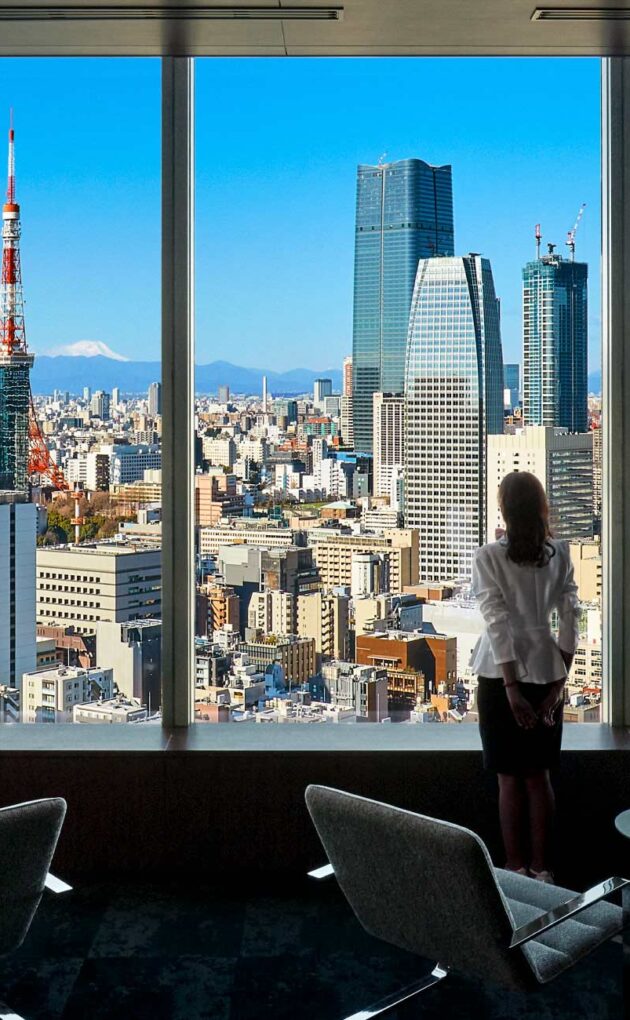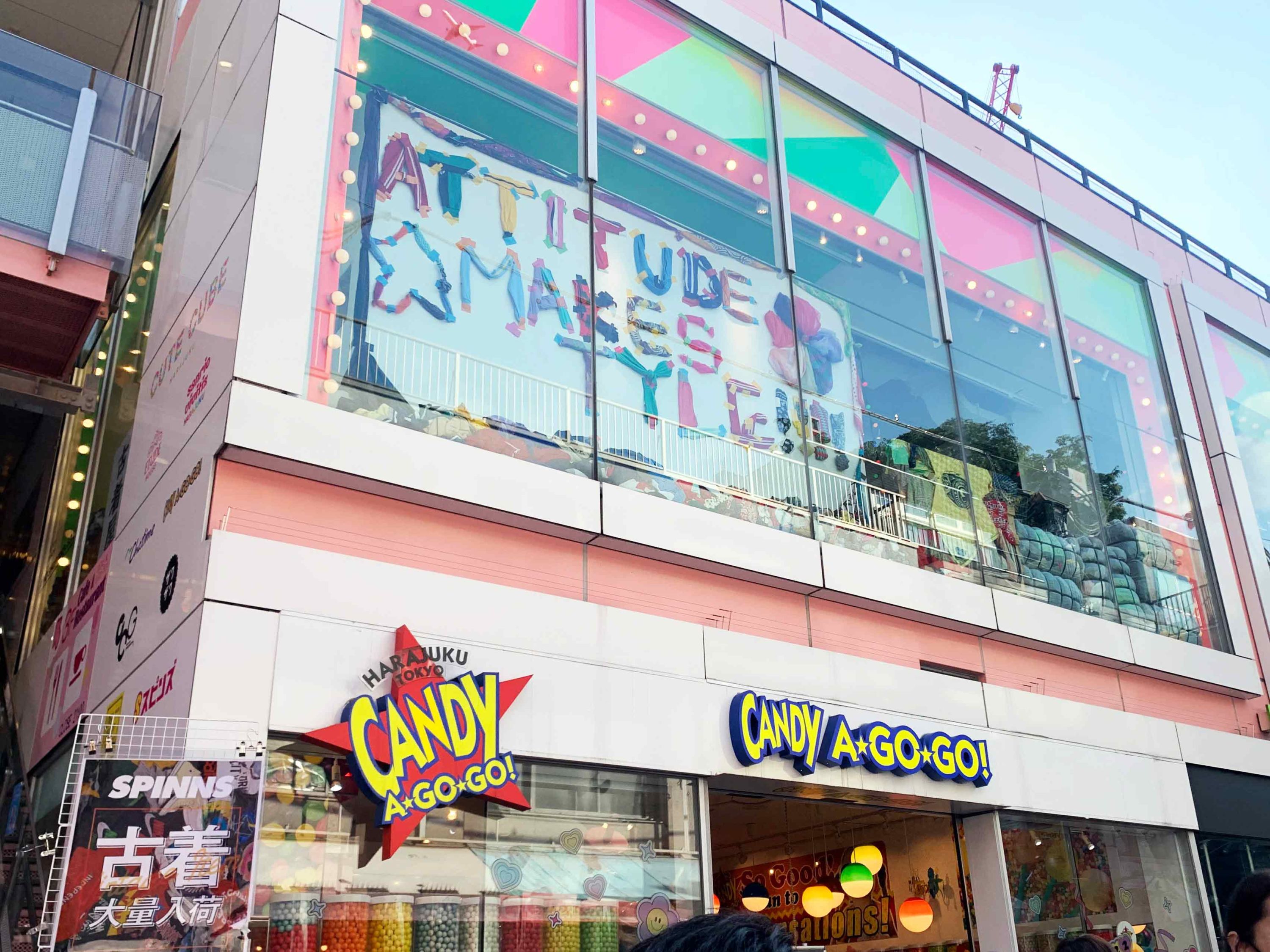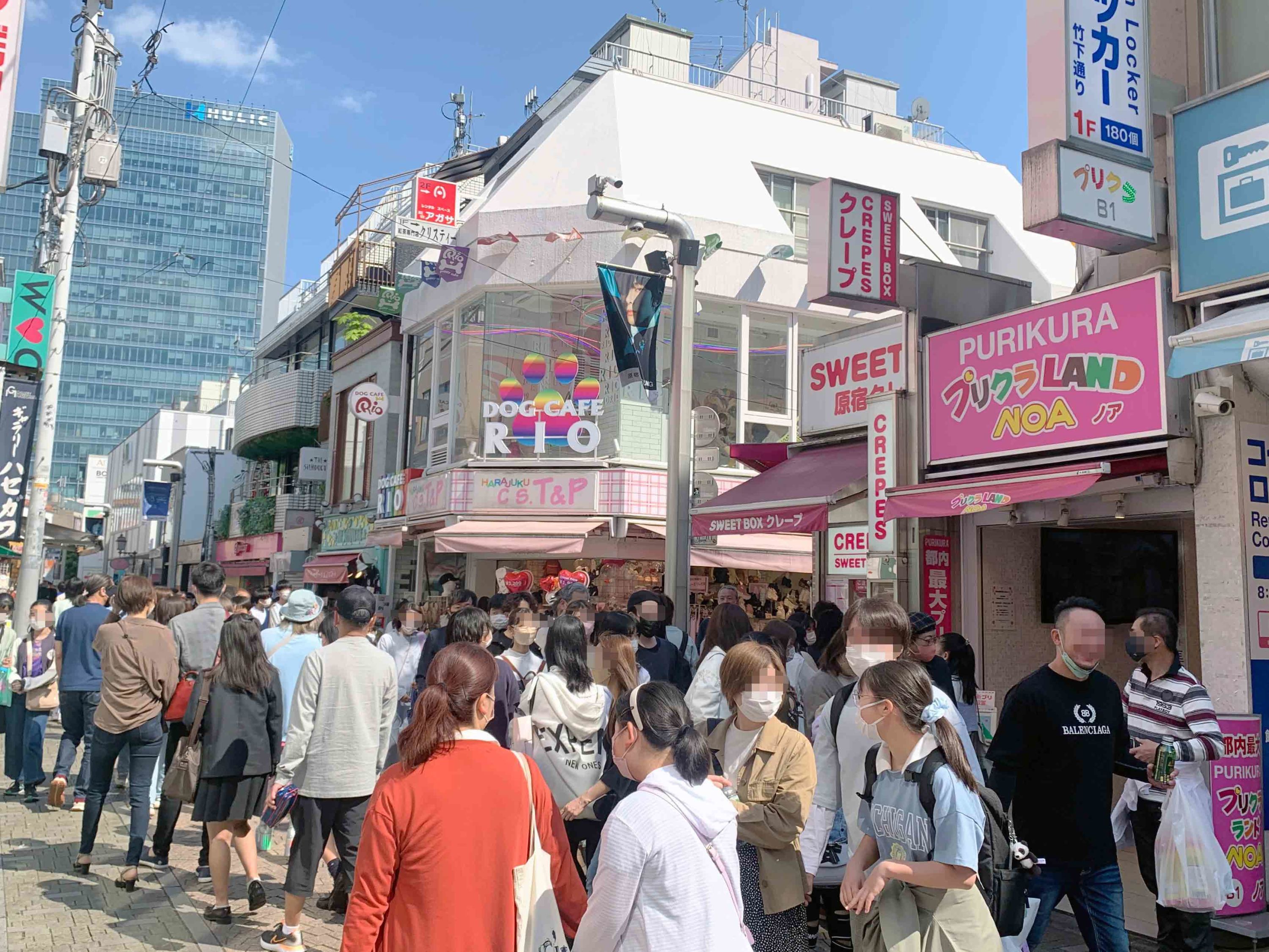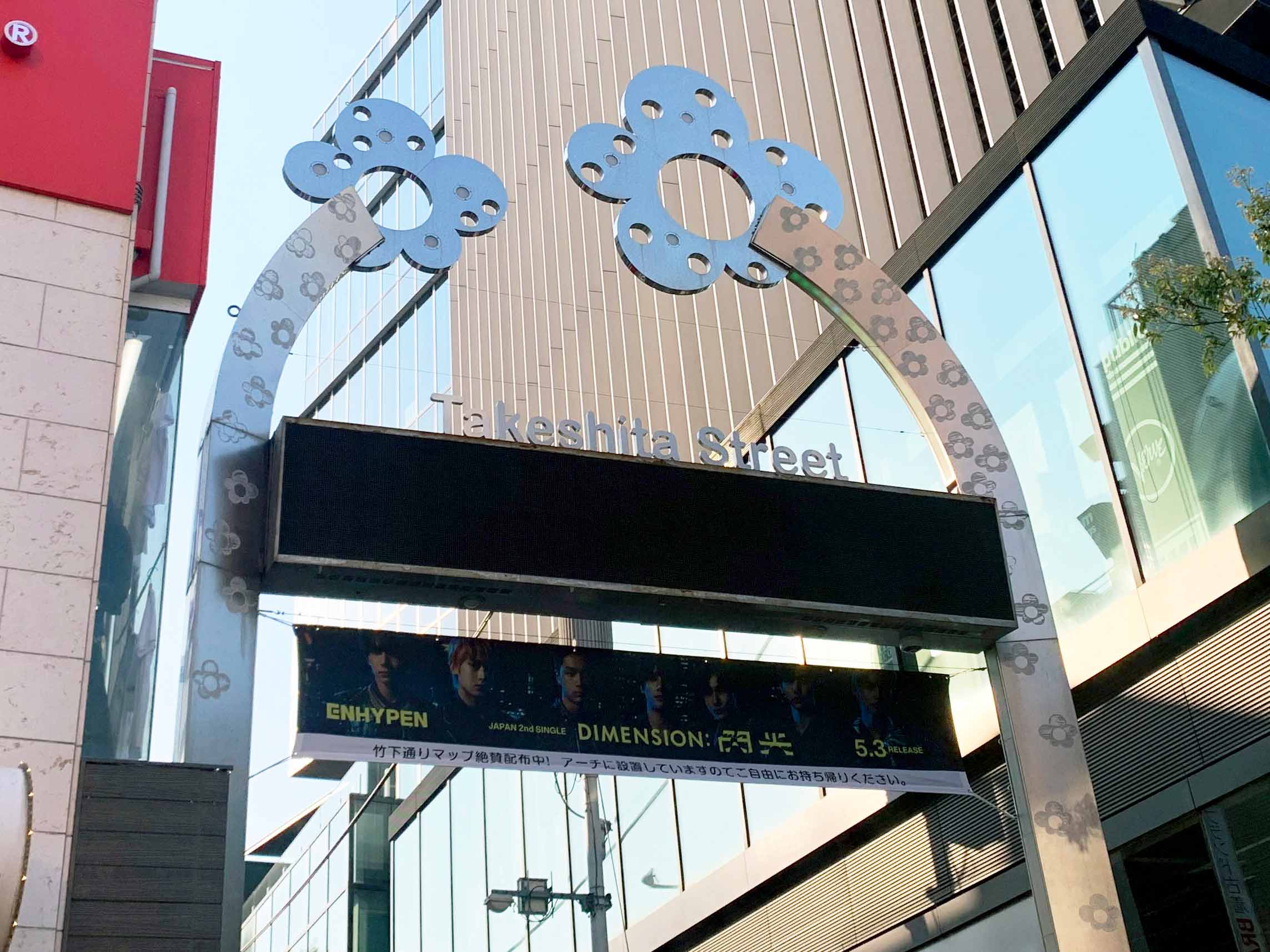Close


When you hear the term “kawaii,” most often translated as “cute,” what do you think of? Hello Kitty perhaps? Maybe Pokémon characters? For Japanese people, the word “kawaii” doesn’t refer to anything in particular, and its scope of application is massive, extending from video games and anime to fashion and even food. I wouldn’t be surprised if many girls use the word five or more times a day on average! A typical story might go something like this: “On the way to work, I saw a dog that was kawaii. The chairs at the restaurant where I ate lunch were also kawaii. Then I stumbled across a kawaii clip at a stationery store and found myself buying it!” While, as this shows, kawaii things are all over the place, if you really want to discover the cutting edge of kawaii, there’s one place you need to head—Harajuku’s Takeshita Street, the kawaii mecca.
Index
According to the dictionary, it’s an adjective with two meanings:
- Something that provokes a feeling of deep affection or a desire to treasure
- Something that is small and adorable
Source: Benesse Japanese Dictionary
While my own experience of the word matches those definitions entirely, the thing that strikes me most is what a handy word it is for conveying the positive emotion you hold for someone or something. I hope that you’ll use it next time you feel positive about something, whether you’re impressed, amazed, or surprised. As to how to pronounce it, it could be written phonetically as Kawa-ee—the important thing is to stretch out the “ee” sound. Now you’re a kawaii expert!

Takeshita Street is a narrow street that runs about 350 meters east to west and lies on the way to Meiji Avenue from the Takeshita Exit of JR Harajuku Station. It’s a shopping street that is packed with shops selling goods such as desserts, cosmetics, and fashion, where the latest kawaii trends can be found in one place. Looking at the stylish fashions of the young people walking around is part of the fun, and groups can be seen enjoying all wearing the same style (for example, gothic lolita style). Every day, from 11 am to 6 pm, the street is closed off to traffic, making it a pedestrian’s paradise, but on Saturdays and Sundays the street becomes uncomfortably crowded.

The street is full of kawaii but cheap things to buy. For instance, you can search for earrings, which start at about 500 yen, and there are lots of affordable cosmetics shops. It’s also possible to clad yourself from head to toe in a matching outfit for 10,000 yen or less. You could probably even kit yourself out in Harajuku-style clothes and enjoy wearing them straight away! As for food, the area’s eateries cater less to lunches and dinners and instead are perfect for a short café-style break. There are tons of street food outlets that are ideal for when you’re feeling hungry for a snack. My recommendation is a crepe, which you can get for about 600 to 800 yen. All the crepe shops have lines of people waiting to be served (10 or so?) but the time spent waiting will flash by as you consider which of the hundred or so varieties to choose. Definitely give it a go! On another note, if you fancy trying the famous rainbow-colored candy floss place, get there early in the morning to avoid the lengthy queues.

While it’s always crowded, the peak is at about 3 pm. At the weekend, it reaches levels of congestion comparable to Shibuya’s “Scramble Crossing.” To avoid the crowds, I recommend going on a weekday morning, or in the early evening. Also, lots of places don’t take credit cards or electronic payments, so take some cash! Also, don’t let yourself get snared by any of the beckoning sellers on the street!

Go and see at Shibuya Scramble crossing, exploring the Center-gai district for lunch (there are lots of B class restaurants like conveyor belt sushi and ramen), take the JR train from Shibuya station to Harajuku station, exploring the Takeshita Street and eat a crepe.
[Blog] Shibuya Crossing
[Blog] The Palace Running Guide
[Blog] Tokyo Metropolitan Government Building
[Blog] The Tsukiji Fish Market